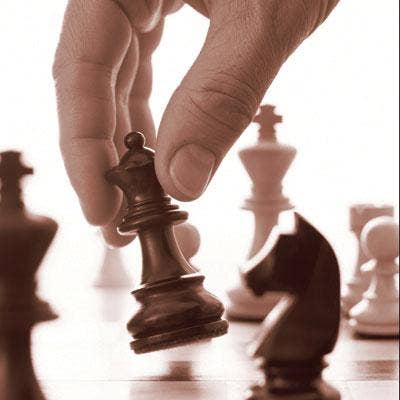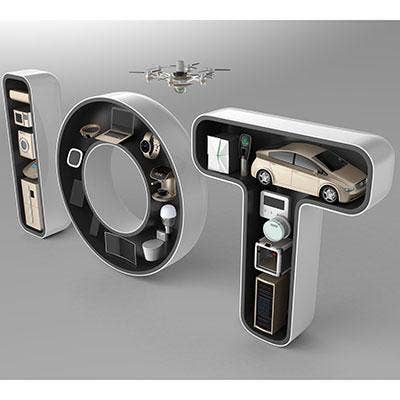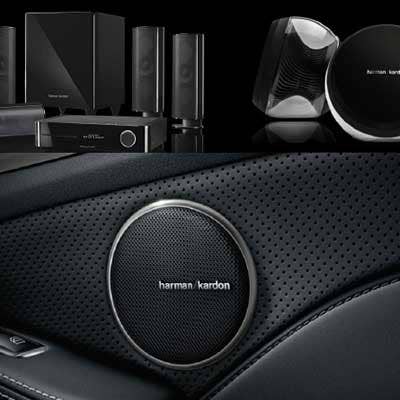Samsung Enterprise IoT VP: 'We Can't Succeed Without Our Partners' In IoT

Samsung's IoT Strategy: Problem Solving, Not Products
As more vendors begin to invest in the Internet of Things, Samsung is powering ahead to stay at the forefront of the market.
The company in 2015 announced a new platform for managing and maintaining devices connected to the Internet of Things – Artik – and in 2016 said that it would dish out $1.2 billion in four years for IoT-related research and start-ups.
But behind Samsung's sweeping IoT announcements, the company has been hard at work growing a channel that is equipped to bring IoT solutions to vertical markets. And the number one priority behind these solutions, Samsung Vice President of IoT Enterprise Ed Abrams told CRN, is not the actual technology itself – but problem-solving.
Following are excerpts of CRN's conversation with Abrams.

Break down Samsung's enterprise IoT strategy – how is your approach different from that of other vendors?
Our IoT strategy as it relates to the enterprise comes down to a couple of key things. We want to take our core capabilities and build out a set of solutions around those, focusing on a set of market opportunities that really make sense for us to be able to impact our customers.
When we think about IoT from a business-to-business perspective, we don’t want to start with the technology side – we instead think of the "business problem" side of it, and then bring in the technology after. Too many people are caught up with the gadget side of IoT – they need something that leverages current infrastructure, is scalable, and makes sense for their business. As we do that, that's where we can then look at what capabilities we can bring to the conversation. This is really where we surprise and delight customers.

What types of solutions and products do you offer for customers around IoT?
When we look at what we can bring to help solve business problems, people are surprised by our breadth of solutions. We offer a core set of technology that is deeper than what people know us for. Most people know us for TVs, phones, and mobile products, but we have built up a core set of components and technology around IoT.
Through our acquisition of [U.S. cloud firm] Joyent [in June 2016], we now have a next-generation set of cloud capabilities to bring to bear from an IoT perspective. We can integrate with customers' existing cloud platforms, or do things individually for the customer. Through our [digital assistant technology] Bixby we have the visual capabilities to create IoT-based solutions that provide augmented reality.
We also have our Artik platform – this is our IoT management platform – built on open standards, which allows for the integration of not just Samsung devices, but any and all devices on a network. It includes APIs [application program interfaces] and SDKs [software defined kits] to add flexibility for customers.

What other areas of IoT is Samsung focusing on?
From a technology perspective – we do a lot with the carriers to build out the next generation of 5G and [LTE] Cat-M. That’s one leg of our stool from an IoT perspective. We're trying to take these capabilities, and marry them with end point devices, so we have the ability to control and manage IoT networks.
We also have added our visual display technology to our platform, as well as sensors and beacons that can act as end points. That's another element of our IoT offering.
Finally, with our acquisition of [connected car company] Harman we have focused on our system integration capabilities to help manage software and drive integration of these systems.

IoT security is becoming a greater concern for customers. What are you doing from a security perspective?
We have the most secure solutions from an IoT perspective. We think we've effectively solved the security issues around IoT – no one can secure all end points, so Artik focuses on securing the data passed along between the end points with dual encryption capabilities in the platform, as well as the ability to authenticate data coming from the end points. We've done everything that can be done to secure the end points.

What role do Samsung's channel partners play in the company's IoT strategy?
The final leg of the IoT stool is our ecosystem of partners we continue to build out – partners who will sit on top of these devices and deliver a true solution and key focus areas.
We're seeing great partner engagement around IoT – it's our partners who recognize that this is the future and they can differentiate themselves in the market. We're seeing not only real excitement but also real engagement.
That’s critical – we can't succeed without our partners, given that they're the ones that own the relationship with the customer or own the application.

What types of partners are making money from IoT right now? Why are these partners valuable to your go to market strategy around IoT?
It's really interesting, but we're not seeing just one type of partner. We're seeing, across different segments of partners, that those who really recognize how to take that data coming out of IoT networks and turn it into actionable insights are winning. This includes large distributors, systems integrators, and traditional ISVs moving in that direction – and they all recognize that the biggest opportunity is to create actionable insights into data.
There are a couple of things that are important to us as we work with partners. Their industry knowledge is critical – they really understand the customers. Another thing that's really important is that channel partners have the ability to help us bring an integrated solution together. Having those partners bringing hardware, software and services together is tremendous value for us. We see partners as valuable in bringing industry solutions together.

What advice do you have for a channel partner who wants to take the first steps in IoT?
The first thing I would say is don’t think you have to do it all. Find thought leaders, or vendors like Samsung , who can help introduce you to other partners and other solutions. Be prepared to invest a little bit ahead of revenue, because we're still in the phase where we have to help our customers see the business value in IoT. The last thing I would suggest to partners is don't get hung up on the IoT technology. Start with the business problems, and then you can find the right partners and business customers.

What kind of vertical markets are you focusing on?
There are five verticals we're focused on for IoT: retail, health care, smart cities and smart buildings, transportation and hospitality, and insurance. Those are the areas we're really building out and working with customers to create in-house solutions around today.
For instance, we're working with international airports to set up solutions for better facility management driven by motion sensors in IoT networks. This enables maintenance staff to be notified when restrooms are clean.
We're also working with major healthcare providers to build out IoT assisted living solutions so that caregivers know whether patients are up and moving, or in distress.

What goals do you have around Samsung's overall IoT strategy and partner strategy?
The first thing we want to do is make sure our channel partners understand what we have and what's coming. I want my partners to continue to build an ecosystem, not just around Samsung, but around other partners as well. We'll be enabling partners to find new business opportunities based on the significant demand for the marketplace.